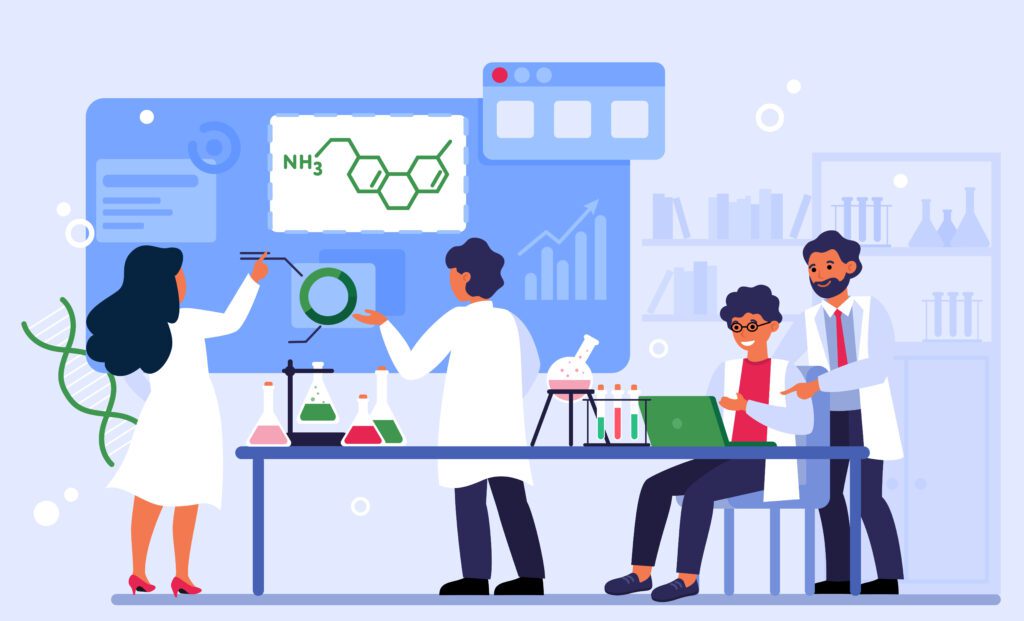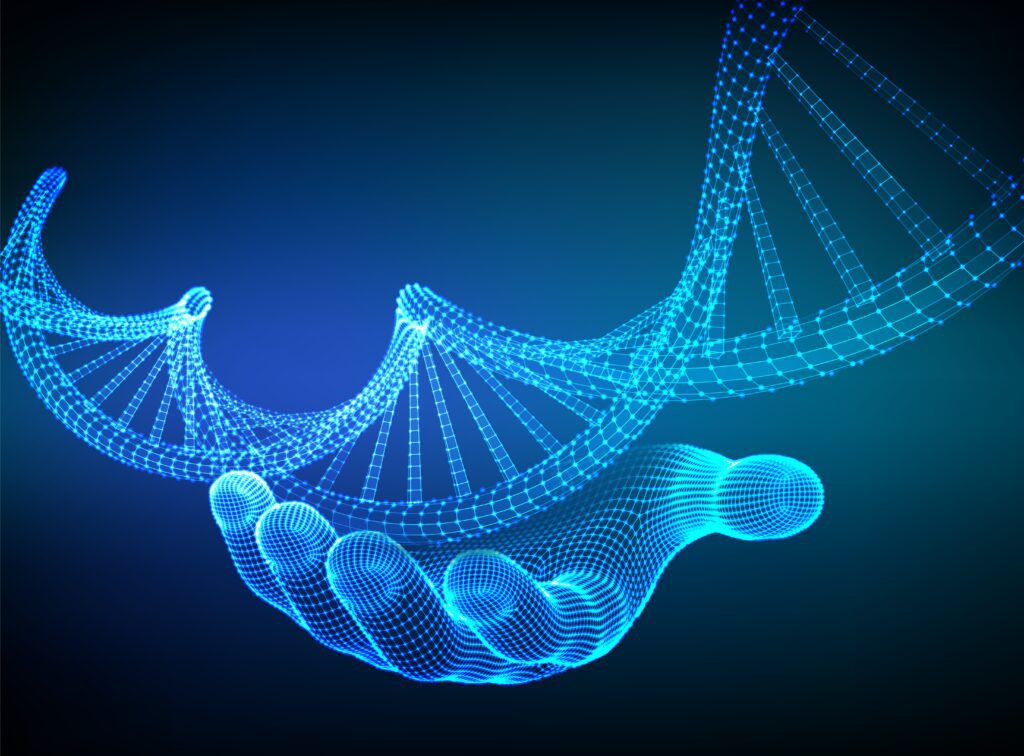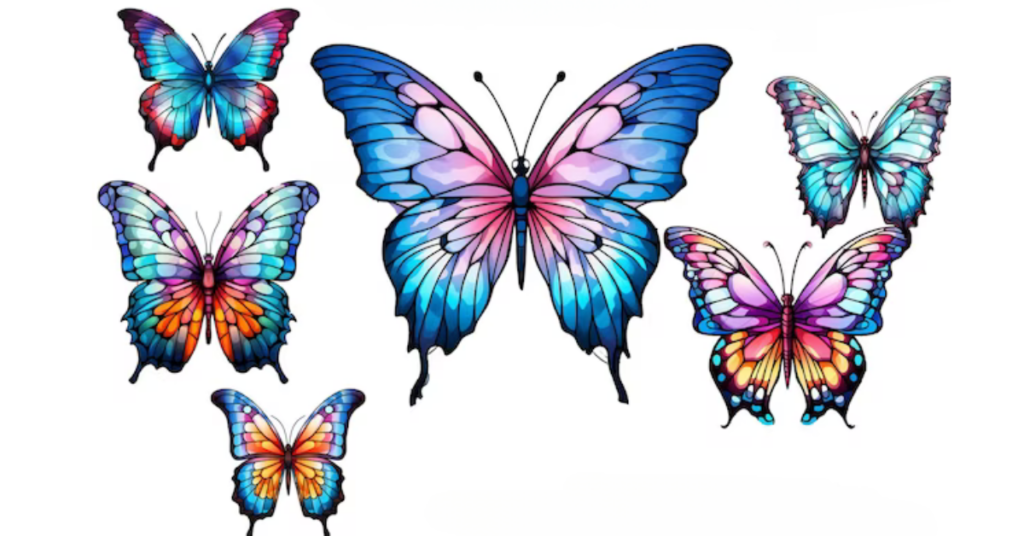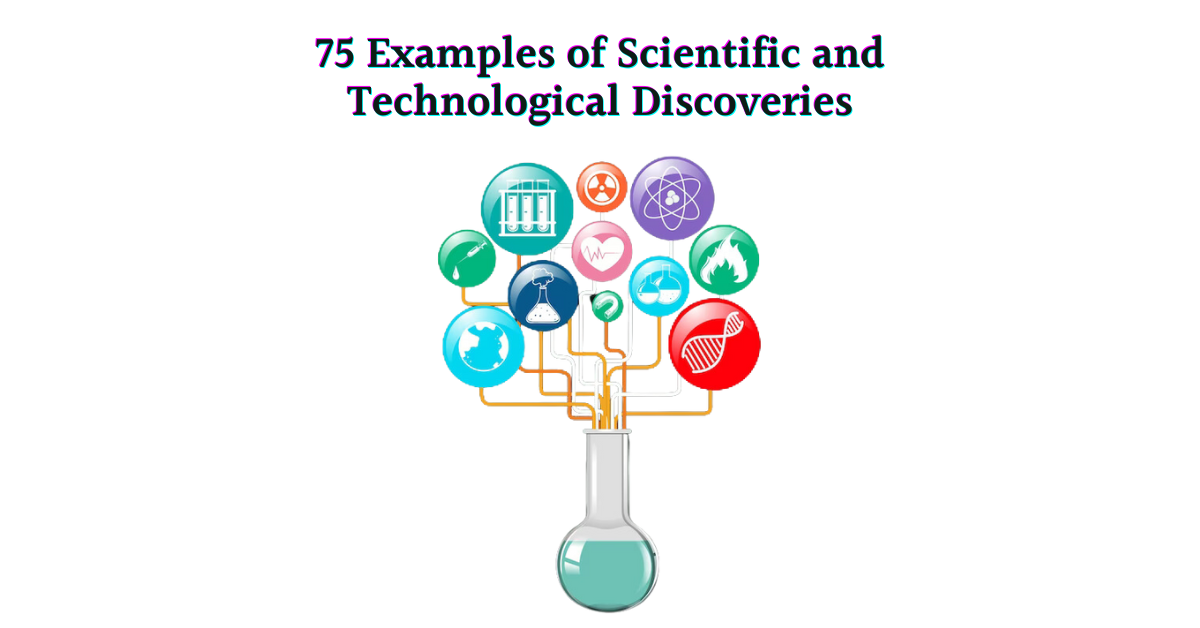From ancient times to the modern era, human beings have been on a relentless quest for knowledge and understanding of the world around them. This pursuit of discovery has led to numerous scientific and technological breakthroughs that have shaped the course of human history.
Examples of scientific discoveries
Astronomy and Space Exploration
- Heliocentrism: Nicolaus Copernicus’s revolutionary idea that the Earth revolves around the Sun, challenges the geocentric model.
- Law of Universal Gravitation: Sir Isaac Newton’s groundbreaking theory explains the force of gravity between objects.
- Telescope: Galileo Galilei’s invention, which enabled the observation of distant celestial objects.
- Theory of Relativity: Albert Einstein’s theory transformed our understanding of space, time, and gravity.
- Hubble Space Telescope: A space-based observatory that provided stunning images and valuable data about the universe.
Physics and Mechanics
- Laws of Motion: Sir Isaac Newton’s three fundamental laws that govern the motion of objects.
- Quantum Mechanics: A branch of physics that deals with the behavior of matter and energy at the atomic and subatomic levels.
- Electromagnetic Induction: Michael Faraday’s discovery, which laid the foundation for electricity generation.
- Radioactivity: Henri Becquerel’s and Marie Curie’s pioneering work on radioactive decay.
- Theory of Electromagnetism: James Clerk Maxwell’s unification of electricity and magnetism in a set of equations.
Chemistry
- Periodic Table: Dmitri Mendeleev’s organization of elements based on their atomic properties.
- Penicillin: Alexander Fleming’s accidental discovery of the antibiotic that revolutionized medicine.
- DNA Structure: James Watson and Francis Crick’s elucidation of the double helix structure of DNA.
- Radioactive Isotopes: Frederick Soddy’s discovery of isotopes and their significance in chemistry and medicine.
- Polymerization: Hermann Staudinger’s pioneering work on macromolecules and polymers.

Medicine and Biology
- Vaccination: Edward Jenner’s development of the smallpox vaccine, led to the eradication of the disease.
- Antibiotics: The discovery of antibiotics like penicillin and streptomycin, revolutionized medicine.
- DNA Sequencing: The technique of determining the precise order of nucleotides in a DNA molecule.
- Blood Circulation: William Harvey’s understanding of the circulatory system and the heart’s role.
- Cloning: The successful cloning of animals through somatic cell nuclear transfer.
Geology and Earth Sciences
- Plate Tectonics: The theory explaining the movement of Earth’s lithospheric plates.
- Fossil Records: The study of fossils providing valuable insights into the history of life on Earth.
- Continental Drift: Alfred Wegener’s hypothesis of the movement of continents over geological time.
- Theory of Evolution: Charles Darwin’s groundbreaking theory explaining the origin of species.
- Geothermal Energy: The utilization of Earth’s heat for electricity generation and heating.
Mathematics
- Zero and Decimal System: The Indian invention of the numeral system and the concept of zero.
- Calculus: The mathematical study of change and motion developed independently by Isaac Newton and Gottfried Leibniz.
- Pythagorean Theorem: The relation between the sides of a right-angled triangle discovered by Pythagoras.
- Imaginary Numbers: The concept of numbers involving the square root of negative numbers.
- Binary System: The numerical system used in modern computers, with only two digits, 0 and 1.
Engineering and Technology
- Steam Engine: The invention that powered the Industrial Revolution and transformed transportation.
- Telephone: Alexander Graham Bell’s communication device revolutionized long-distance communication.
- Internet: The global network that revolutionized information exchange and communication.
- Transistor: The key component of modern electronic devices, replacing vacuum tubes.
- GPS: The Global Positioning System that enables accurate navigation and location tracking.
Environmental Science
- Greenhouse Effect: The process by which Earth’s atmosphere traps heat, crucial for maintaining the planet’s temperature.
- Ozone Layer Depletion: The discovery of human-made chemicals causing ozone layer damage.
- Renewable Energy: The development of clean and sustainable energy sources like solar and wind power.
- Conservation of Energy: The principle stating that energy cannot be created or destroyed, only converted from one form to another.
- Biodiversity: The recognition of the importance of diverse ecosystems and species for the planet’s health.

Psychology and Neuroscience
- Classical Conditioning: Ivan Pavlov’s study of conditioned reflexes in dogs.
- Psychoanalysis: Sigmund Freud’s groundbreaking theory of the unconscious mind and psychotherapy.
- Brain Imaging: The development of techniques like fMRI and PET scans for studying brain activity.
- Neuroplasticity: The discovery that the brain can reorganize and adapt throughout life.
- Cognitive Psychology: The study of mental processes like memory, perception, and problem-solving.
Computer Science
- Integrated Circuits: The invention that led to miniaturization and increased computing power.
- Graphical User Interface: The introduction of icons and visual elements for interacting with computers.
- World Wide Web: Tim Berners-Lee’s invention that revolutionized information access and sharing.
- Artificial Intelligence: The development of machines capable of performing tasks that typically require human intelligence.
- Cryptography: The science of secure communication through codes and ciphers.
Archaeology and Anthropology
- Stonehenge: The prehistoric monument in England that continues to puzzle researchers.
- Rosetta Stone: The key to deciphering ancient Egyptian hieroglyphs.
- Lucy: The discovery of a hominid fossil shedding light on human evolution.
- Chauvet Cave: The cave paintings provide insights into prehistoric art and culture.
- Ötzi the Iceman: The well-preserved mummy revealing details about Copper Age humans.
Agriculture and Food Sciences
- Domestication of Plants and Animals: The transition from hunting-gathering to agriculture.
- Green Revolution: The development of high-yield crop varieties, increasing global food production.
- Pasteurization: The process of heating food to kill harmful bacteria, preserving its freshness.
- Genetic Engineering: The manipulation of DNA to create genetically modified crops.
- Hydroponics: The method of growing plants without soil, using nutrient-rich water solutions.
Social Sciences
- Democracy: The system of government where power rests with the people.
- Industrialization: The transition from agrarian societies to industrial economies.
- Sociology: The scientific study of society, human behavior, and social institutions.
- Psychology: The study of the human mind and behavior.
- Globalization: The increasing interconnectedness and interdependence of the world’s economies, cultures, and societies.
Energy and Power Generation
- Nuclear Power: The utilization of nuclear reactions to generate electricity.
- Solar Cells: The technology that converts sunlight into electricity.
- Wind Turbines: The devices that harness wind energy for electricity generation.
- Hydroelectric Power: The production of electricity from flowing water.
- Fusion Energy: The potential of harnessing nuclear fusion for clean and abundant energy.

Transportation
- Steam Locomotive: The first practical steam-powered locomotive, transforming rail transportation.
- Airplane: The Wright brothers’ invention that revolutionized air travel.
- Automobile: The mass-produced automobile that revolutionized personal transportation.
- High-Speed Trains: The advanced rail systems enable rapid and efficient travel.
- Spacecraft: The vehicles that allow human exploration beyond Earth’s atmosphere.
These 75 examples are just a glimpse of the countless scientific and technological discoveries that have shaped our world. Each breakthrough represents the ingenuity and curiosity of human beings to unravel the mysteries of the universe and improve our lives. As we continue to explore and innovate, it is essential to recognize and celebrate the achievements that have brought us to where we are today and continue to inspire future generations of innovators.

